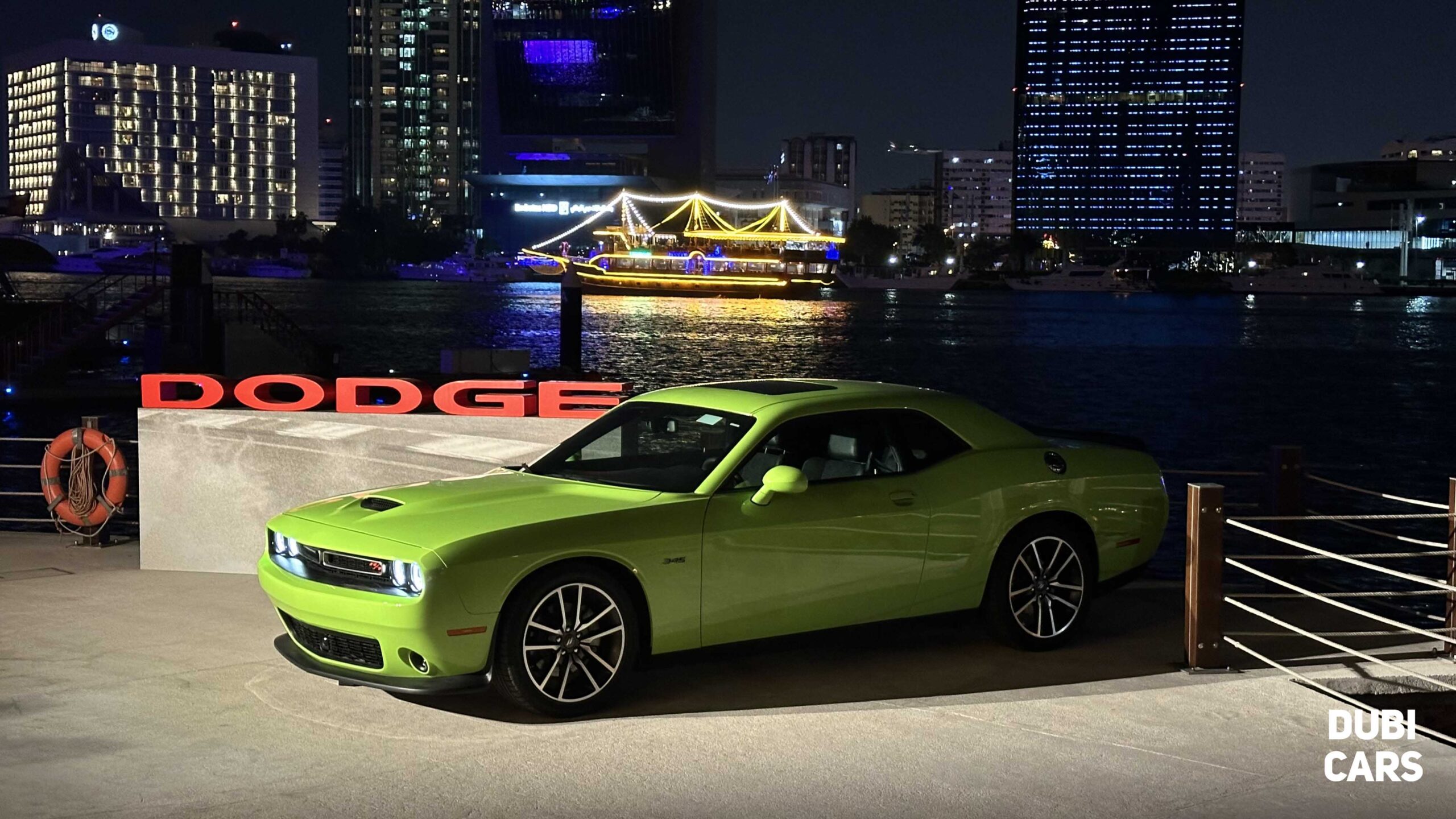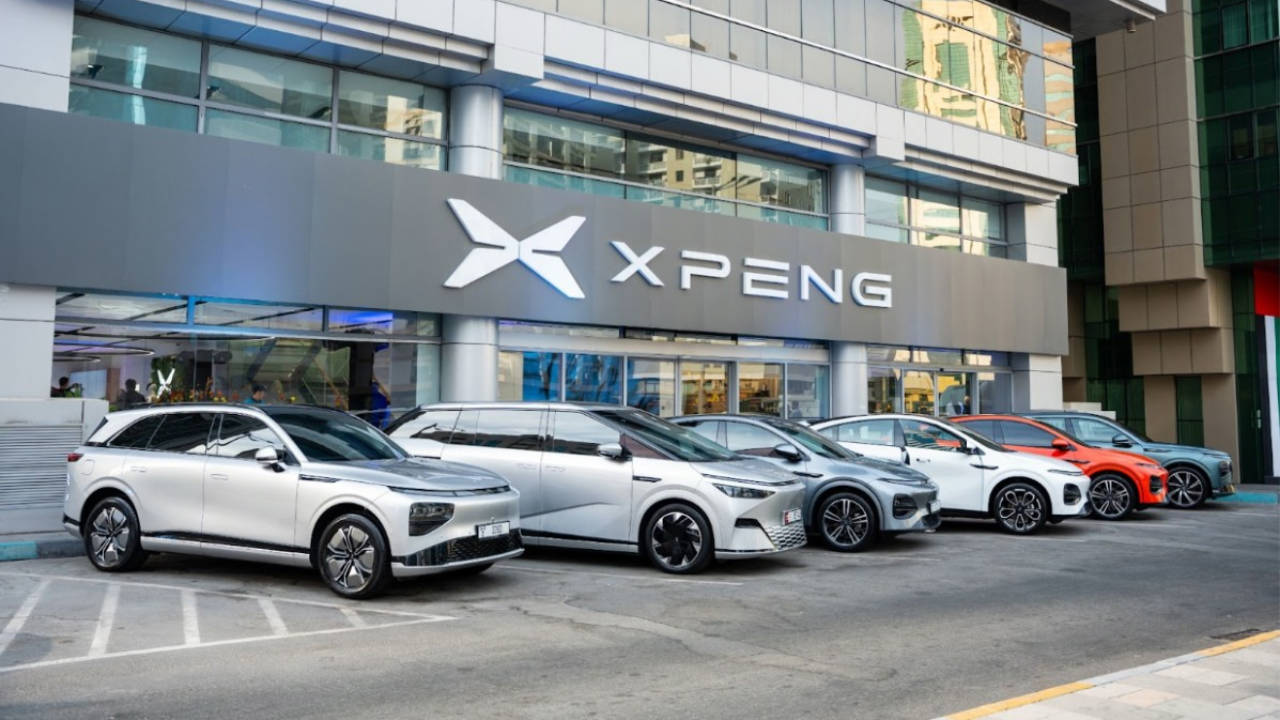Next-Gen Dodge Charger EV Specs & Launch Details Announced: Dodge UAE Bids Goodbye To Hemi V8

It is the end of an era. The last Hemi V8 will be produced in 2024 and this marks a significant shift for brands that use the engine. Dodge currently retails three cars in the UAE — Challenger, Charger & Durango, and all of them are characterised by the big Hemi V8 engine. Hence, it is quite obviously a rather emotional goodbye to bid.
Dodge UAE recently hosted a farewell dinner in honour of the legendary Hemi V8. At the event, the brand displayed all three of its cars in brilliant specs, all featuring the coveted Hemi V8. Dodge UAE also revealed specifications and details of the next-gen much talked about Dodge Charger EV.
Hemi V8 Legacy: Brief History Of The Legendary Engine
The V8 engine format is much-loved by car enthusiasts all over the world. The entire muscle car segment was defined by the V8. However, Chrysler stepped up and made the V8 their own. Chrysler had developed Hemi engines for the P47 Thunderbolt fighter aircraft and M47 Patton tank during the Second World War.

After the war, Chrysler took learnings from the aircraft and tank engines and used them in the development of their first overhead valve V8 engine. Hemi engines derive their name from the hemispherical combustion chamber design for the engine head. This design allows for more efficient combustion and hence, more power.
Chrysler was the first to produce a Hemi V8 engine with its subsidiaries Dodge & DeSoto benefiting from the extra power it offered way back in 1951. The second generation Chrysler Hemi engine was introduced in 1964, and the third generation currently in production was introduced in 2003.
Over the years, several cars from these manufacturers used the Hemi V8:
The Dodge Charger & Challenger
The Dodge Charger and Challenger are titans in the realm of American muscle cars. Since their inception, these cars have epitomized power, performance, and unmistakable style, capturing the hearts of enthusiasts and mainstream drivers alike.

The Dodge Charger was first introduced in 1966 while the Challenger debuted in 1970. They have always been characterised by Hemi V8 engines. Now, as production of the Hemi V8 engine comes to an end in 2024, it is also the end of the road for the Dodge Challenger for now. The flagbearer of Dodge’s muscle car legacy will be the next-gen Dodge Charger EV.
Next-Gen Dodge Charger EV
On 05 March 2024, the 2024 Dodge Charger Daytona EV was introduced. It will go into production later this year and is available in two trims — R/T & Scat Pack. It is powered by 400-volt EV architecture that offers a range of 600km and 400km respectively. The R/T has an output of 496hp while the Scat Pack gets up to 670hp!

Its dual motors give it AWD, but it is also equipped with burnout, line-lock, and drift modes which turn it into an RWD muscle car. The styling on the next-gen Dodge Charger is derived from the Current-gen Challenger. It will initially be available in a two-door body style only. 2025 is expected to bring with it a four-door.
In 2025, Dodge will also launch the new Charger with Chrysler’s new Hurricane inline-6 engine. It is a 3.0-litre turbo-petrol unit in two states of tune — 420hp and 550hp. The cars powered by these engines will be called the Dodge Charger Six Pack. This engine is also expected to power a range of other Chrysler vehicles like Ram trucks, Jeep products, and even the next-gen Dodge Durango.

New Dodge Charger Daytona EV UAE Launch & Price
The next-gen Dodge Charger EV’s UAE launch is expected to take place in December 2024 while the inline-6-powered car is expected to be launched in the first quarter of 2025. Prices are expected to be revealed later this year. Stay tuned to DubiCars for more updates on the new Dodge Charger and other cars powered by the new EV and ICE powertrains.
Also Read:
– EV Vs ICE In A Car Crash: Which One’s Safer?
– Nissan GT-R History, Generations, Skyline Connection & More
– Ford F-150 Raptor History, Generations & More








